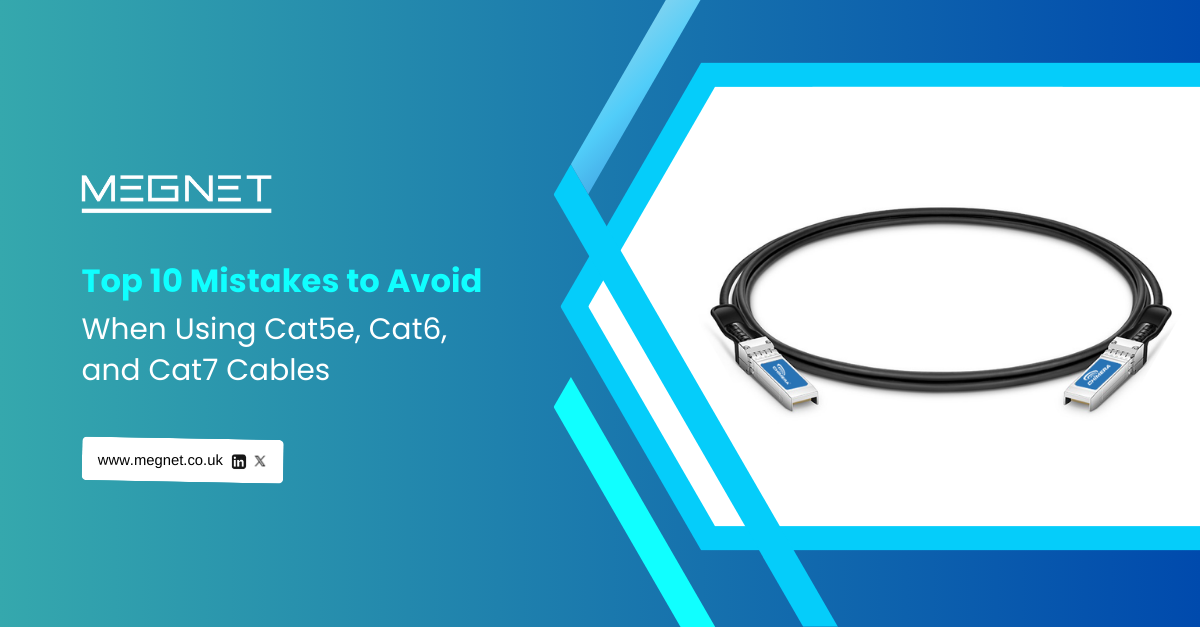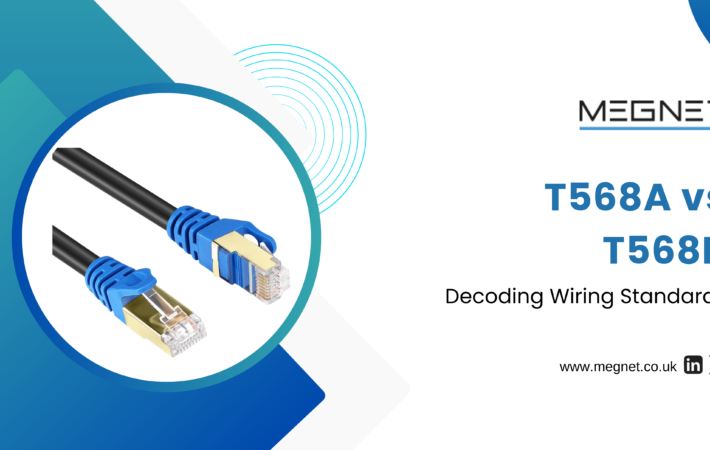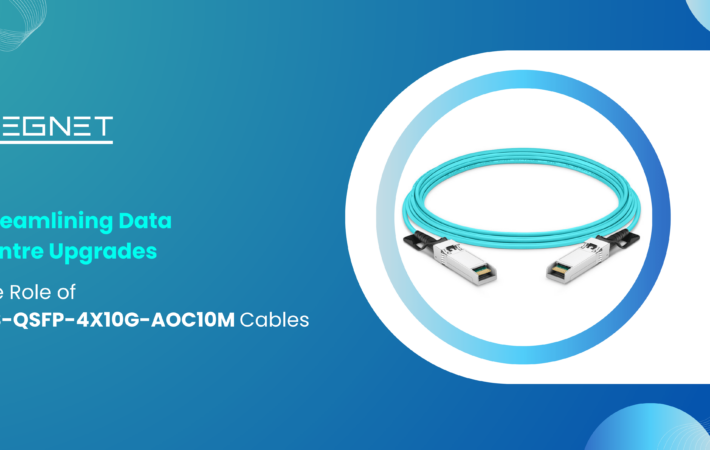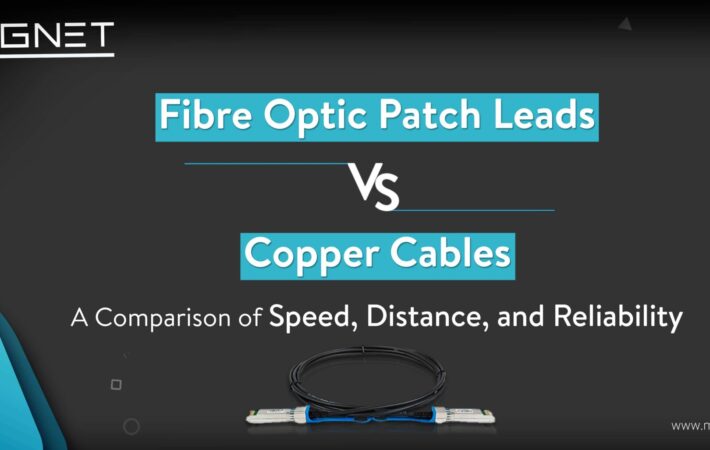
Avoid These Common Pitfalls with Cat5e, Cat6, and Cat7 Cables
When setting up your network infrastructure, the choice of cables is a critical decision. Cat5e, Cat6, and Cat7 cables are the backbone of many residential and commercial networks, offering varying levels of performance and capabilities. However, even the best cables can fall short if not used correctly. In this comprehensive guide, we’ll delve into the top 10 mistakes to avoid when using Cat5e, Cat6, and Cat7 cables to ensure your network operates at its best.
- Ignoring Cable Length Limits
Each type of Ethernet cable has a maximum length beyond which the signal quality starts to degrade. Here’s a breakdown of the maximum lengths for optimal performance:
- Cat5e: Up to 100 meters (328 feet)
- Cat6: Up to 55 meters (180 feet) for 10GBASE-T networks, 100 meters for lower speeds
- Cat7: Up to 100 meters (328 feet)
Exceeding these lengths can lead to signal loss, reduced network speeds, and increased latency. It’s essential to plan your cable runs within these limits. If longer runs are necessary, consider using network switches or repeaters to boost the signal.
Detailed Insight:
When planning a network, many overlook the importance of adhering to these length restrictions. For instance, in a large office building, it’s not uncommon to see cable runs that exceed 100 meters. The problem with such runs is that they can introduce significant signal attenuation, leading to packet loss and network inefficiencies. In scenarios where longer distances are unavoidable, using fiber optic cables for backbone connections might be a better solution, as they support much longer distances without signal degradation.
- Improper Termination
The termination process involves attaching connectors to the ends of the Ethernet cables, a step that, if done incorrectly, can result in poor performance. The most common connectors are RJ45 for Cat5e and Cat6 cables and GG45 or TERA for Cat7 cables. Proper termination ensures that each wire within the cable is correctly seated and secured within the connector.
Common Issues:
- Poor Crimping: If the connector is not crimped correctly, the connection can be loose, leading to intermittent connectivity issues.
- Incorrect Wire Sequence: Ethernet cables use specific wiring schemes (T568A or T568B). Mixing up the wire sequences can cause cross-talk and reduced performance.
Best Practices:
- Use high-quality crimping tools.
- Follow the wiring standards meticulously.
- Double-check connections before sealing them.
Detailed Insight:
Improper termination is a frequent issue, especially among DIY installers. For example, in a home office setup, one might rush through the termination process, thinking that simply attaching the connector is enough. However, improper seating of the wires can cause problems like increased bit error rates, which in turn lead to data retransmissions and reduced network efficiency. Using a cable tester post-termination can save a lot of troubleshooting time later.
- Ignoring Cable Categories
Choosing the right cable category is essential based on your network’s needs. Here’s a quick comparison:
- Cat5e: Suitable for most residential setups, supporting up to 1 Gbps speeds.
- Cat6: Better for high-speed networks, supporting up to 10 Gbps for shorter distances.
- Cat7: Ideal for environments with high electromagnetic interference (EMI), supporting up to 10 Gbps with improved shielding.
Mistake Examples:
Using Cat5e cables in a data center where higher speeds and better performance are required.
Using Cat7 cables in a simple home setup where the added cost and complexity offer no real benefit.
Best Practices:
- Assess your current and future network needs.
- Choose cables that match or exceed those requirements.
Detailed Insight:
Selecting the wrong cable type can severely limit network performance. For instance, deploying Cat5e cables in a modern office building designed to support high-speed data transfer between multiple servers and workstations can bottleneck the network. Conversely, using Cat7 cables in a residential setting where internet speeds rarely exceed 1 Gbps can be overkill, resulting in unnecessary expenses.
- Inadequate Shielding
Cat6 and Cat7 cables often come with shielding to protect against EMI. Using unshielded cables in environments with high interference can cause significant network issues.
Key Considerations:
- Cat5e: Typically unshielded.
- Cat6: Available in both shielded (STP) and unshielded (UTP) versions.
- Cat7: Always shielded (S/FTP).
Common Mistakes:
Installing unshielded Cat6 cables in an industrial environment with heavy machinery.
Using shielded cables without properly grounding them, which can render the shielding ineffective.
Best Practices:
- Assess the installation environment for potential sources of EMI.
- Choose shielded cables for high-EMI environments.
- Ensure proper grounding of shielded cables.
Detailed Insight:
Inadequate shielding is a critical mistake often seen in complex environments like factories or hospitals where EMI can significantly impact network performance. For instance, in a factory setting with numerous large electrical motors, unshielded Cat6 cables might pick up interference, leading to network instability and data errors. Proper shielding and grounding are crucial to maintaining signal integrity in such environments.
- Improper Installation Techniques
Running cables too close to power lines or other sources of interference can degrade network performance. It’s important to follow best practices for installation to maintain signal integrity.
Common Issues:
- Proximity to Power Lines: Running Ethernet cables parallel to power lines can induce noise.
- Sharp Bends: Bending cables sharply can physically damage the wires and degrade the signal.
- Kinks and Tangles: Poor cable management can lead to kinks and tangles, affecting performance.
Best Practices:
- Maintain a safe distance between data and power cables.
- Use gradual bends and avoid sharp angles.
- Employ proper cable management techniques, such as using cable trays and ties.
Detailed Insight:
Improper installation techniques can lead to a variety of performance issues. For instance, running Ethernet cables alongside high-voltage power lines can introduce electromagnetic interference, causing data errors and reducing overall network throughput. Similarly, sharp bends in cables can damage the internal wiring, leading to increased attenuation and reduced signal quality. Employing structured cabling practices and using proper tools can prevent these issues and ensure a robust network.
- Not Testing Cables
Skipping the testing phase after installation can lead to undetected issues that may cause network problems later. Using a cable tester to check for continuity, proper pairing, and signal strength is crucial.
Common Mistakes:
Assuming cables are functional without testing.
Ignoring minor issues detected during testing.
Best Practices:
- Test each cable after installation.
- Use a quality cable tester to check for continuity, wire mapping, and signal strength.
- Address any issues detected during testing promptly.
Detailed Insight:
Not testing cables is a frequent oversight, particularly in large installations where time constraints might tempt installers to skip this step. However, undetected issues like split pairs or incorrect wiring can cause intermittent connectivity problems that are difficult to diagnose later. For example, in a large office network, not testing cables can lead to sporadic connection drops or slow network performance, affecting productivity. Comprehensive testing ensures all cables are installed correctly and functioning as expected.
- Overlooking Future Proofing
While Cat5e cables might suffice for current needs, they may not support future upgrades. Future-proofing your network by using Cat6 or Cat7 cables can save you from costly upgrades down the line.
Common Scenarios:
Installing Cat5e cables in a new office building, only to need upgrades a few years later.
Not considering the increasing bandwidth demands of future applications.
Best Practices:
- Consider future network requirements when choosing cables.
- Opt for higher category cables (Cat6 or Cat7) if budget allows.
Detailed Insight:
Overlooking future proofing can lead to significant additional costs in the long run. For instance, an organization setting up a new office might initially opt for Cat5e cables to save on costs. However, as the need for higher bandwidth and faster data transfer grows, they may find themselves needing to upgrade to Cat6 or Cat7 cables much sooner than anticipated. Investing in higher category cables from the outset can prevent such scenarios and ensure the network remains robust and scalable.
- Improper Cable Management
Disorganized cables can lead to physical damage and difficulty in maintenance. Good cable management practices ensure your network remains organized and functional.
Common Issues:
- Tangled Cables: Can lead to physical damage and make troubleshooting difficult.
- Labeling: Lack of labels can make identifying and managing cables a challenge.
- Bundle Management: Large bundles of cables can lead to heat buildup and signal degradation.
Best Practices:
- Use cable ties, trays, and organizers to keep cables neat.
- Label each cable for easy identification.
- Avoid large bundles to reduce heat buildup and maintain signal integrity.
Detailed Insight:
Improper cable management is a common issue that can lead to a host of problems. In a data center, for instance, tangled and unorganized cables can make it difficult to identify and address issues quickly, leading to prolonged downtimes. Additionally, large bundles of cables can restrict airflow, causing overheating and potentially damaging the cables and connected equipment. Implementing structured cabling practices, including the use of cable trays, ties, and labels, can significantly improve network reliability and maintenance efficiency.
- Using Low-Quality Cables
Saving money on cables can be tempting, but low-quality cables often lead to poor performance and frequent replacements. Investing in high-quality Cat5e, Cat6, or Cat7 cables from reputable manufacturers is essential.
Common Pitfalls:
Purchasing cables from unreliable sources.
Using cables without proper certifications.
Best Practices:
- Buy cables from reputable manufacturers.
- Ensure cables have necessary certifications (e.g., UL, ETL).
Detailed Insight:
Using low-quality cables is a risk that many take to save costs but can lead to significant performance issues. For example, low-quality Cat6 cables might not meet the necessary performance standards, leading to reduced speeds and increased error rates. Over time, these cables might degrade faster, requiring frequent replacements and causing network disruptions. Investing in high-quality cables ensures reliable performance, longer lifespan, and fewer maintenance issues, ultimately saving money in the long run.
- Ignoring Environmental Factors
Temperature, humidity, and exposure to sunlight can affect cable performance. It’s crucial to choose cables that are rated for the environmental conditions they will be exposed to.
Common Mistakes:
Using indoor-rated cables for outdoor installations.
Ignoring temperature ratings for cables installed in extreme conditions.
Best Practices:
- Use outdoor-rated cables for external installations.
- Consider the temperature and humidity ratings of the cables.
- Protect cables from direct sunlight and other harsh environmental conditions.
Detailed Insight:
Ignoring environmental factors can lead to premature cable failure and network issues. For instance, using indoor-rated Cat5e cables for outdoor applications can result in the cables deteriorating quickly due to exposure to UV radiation, moisture, and temperature fluctuations. This can cause network interruptions and require costly replacements. Choosing cables specifically designed for outdoor use, such as those with UV-resistant and waterproof jackets, ensures durability and reliable performance in harsh conditions.
Avoiding these common mistakes when using Cat5e, Cat6, and Cat7 cables is crucial for ensuring your network performs at its best. Proper planning, installation, and maintenance are key to a reliable and efficient network. By paying attention to these details, you can avoid unnecessary downtime and keep your network running smoothly.
FAQ's
The maximum length for Cat5e cables is 100 meters (328 feet).
Yes, Cat6 cables can support 10Gbps speeds, but only up to 55 meters (180 feet).
Yes, Cat7 cables are backward compatible with Cat5e and Cat6 standards.
Shielded cables have a protective layer to reduce electromagnetic interference (EMI), while unshielded cables do not.
Use high-quality connectors, follow the T568A or T568B wiring schemes, and ensure each wire is correctly seated and crimped.
Proper cable management prevents physical damage, makes maintenance easier, and ensures optimal network performance.
Choose cables that meet or exceed future bandwidth needs, such as Cat6 or Cat7, to accommodate growing data demands.
Extreme temperatures, humidity, and exposure to sunlight can degrade cable performance. Use cables rated for specific environmental conditions.
Testing ensures there are no continuity issues, proper pairing, and sufficient signal strength, preventing future network problems.
Low-quality cables can lead to poor performance, frequent replacements, and increased maintenance costs. Always use high-quality, certified cables.








Leave a comment
Your email address will not be published. Required fields are marked *